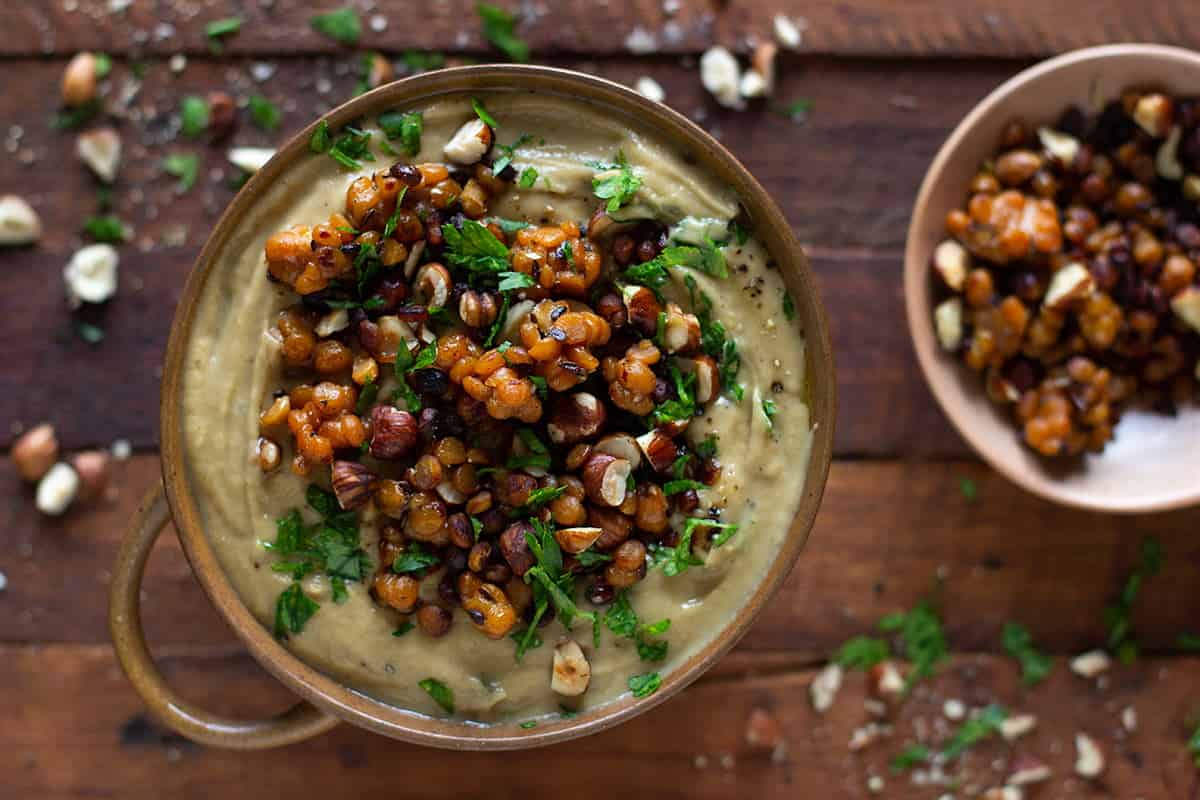
This leek, cauliflower & parsnip soup recipe is a divider of camps. On one side sits the person that is ready to work on building the diversity of their microbiota and fuelling bacteria with prebiotic fuel, whilst on the other side sits those in the beginning stages of gut treatment who often are avoiding the majority of ingredients in this recipe due to not ‘fuelling’ adverse numbers of microbes within the gastrointestinal tract. Working out which camp you are in for a Nutritionist is part of our job, and let me tell you its not always so clear cut. It’s no wonder therefore that some many people are confused about what to eat and what not to eat when it comes to conditions like SIBO, lower bowel dysbiosis and yeast overgrowth.
As I’ve state numerous times, cutting out the type of foods such as those found in this Leek, Cauliflower & Parsnip Soup long term is not the way to build a healthy gut. When working with the gut, long term (even medium term) goals are to have these types of food in your diet to create diversity of bacteria. Many of you will be familiar with lactobacillus and bifidobacteria that certainly thrive on these type of prebiotic plant based fibres, but it is important to know that there are a multitude of strains of bacteria that play pivotal roles within the gut, linked by an interrelationship with each other.
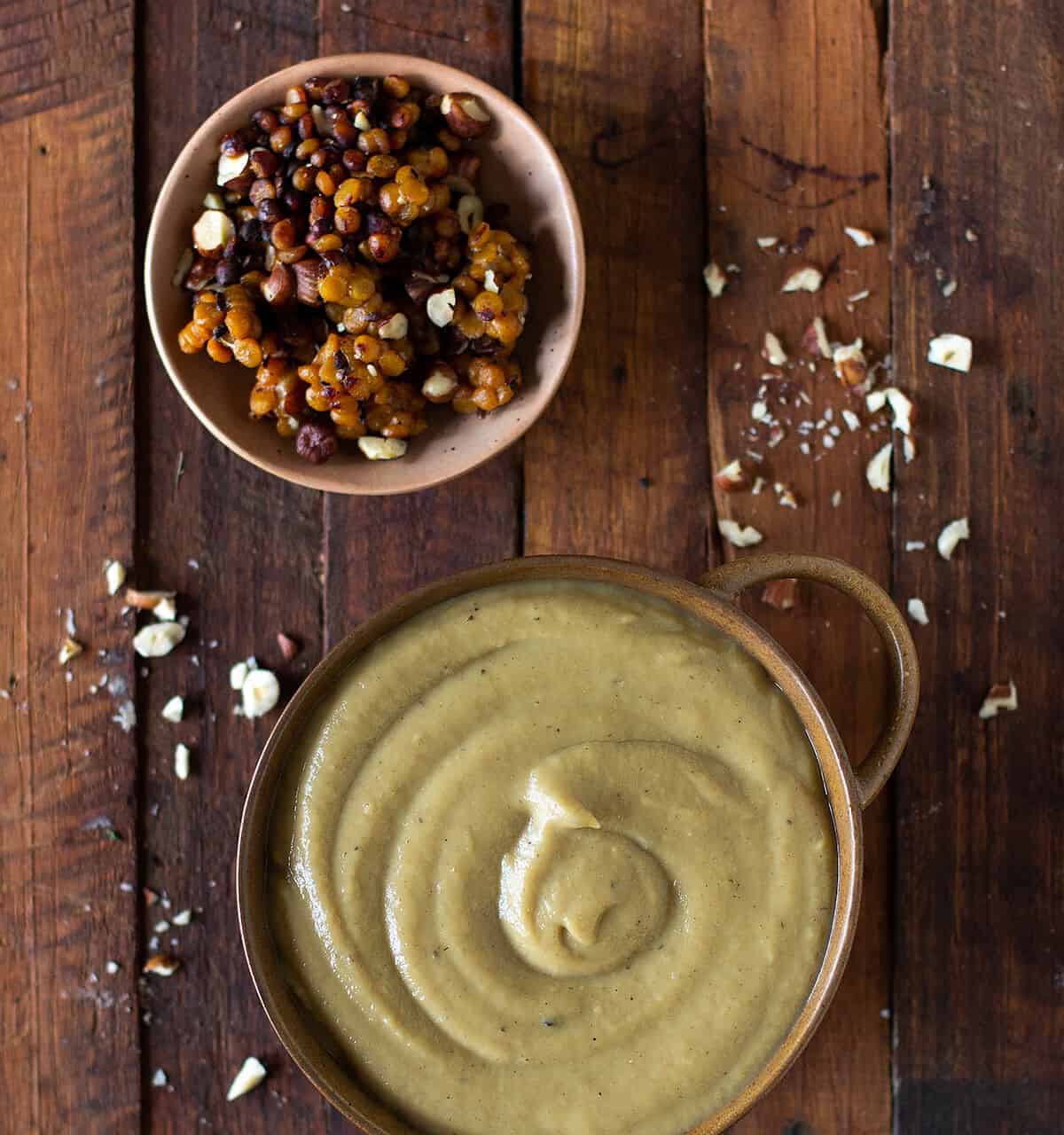
We are still at the forefront of learning about these strains. We know there are collective family species of bacteria that tend to play certain roles. The relationship between these families or phylum as we call them is just as important as the bacteria themselves. Its not that any of them are inherently bad either, its just that given adverse environments certain ones will thrive into unfavourable numbers becoming to big for their boots. Think of it like a garden overgrown with one plant, not allowing the other plants to thrive. It’s not that that initial plant is ‘bad’, it has just become dominant and the other plants cannot thrive and offer their fruitful pickings.
Some strains I’d like to share with you today are strains that are really coming into the limelight in regards to their importance for gut health. I think we will be hearing more about them in mainstream media in the coming months, just as we are now starting to hear about PCR stool testing, a comprehensive stool based test (CDSA) that we use here at the JCN Clinic for gaining an insight into the bacteria of your microbiome.
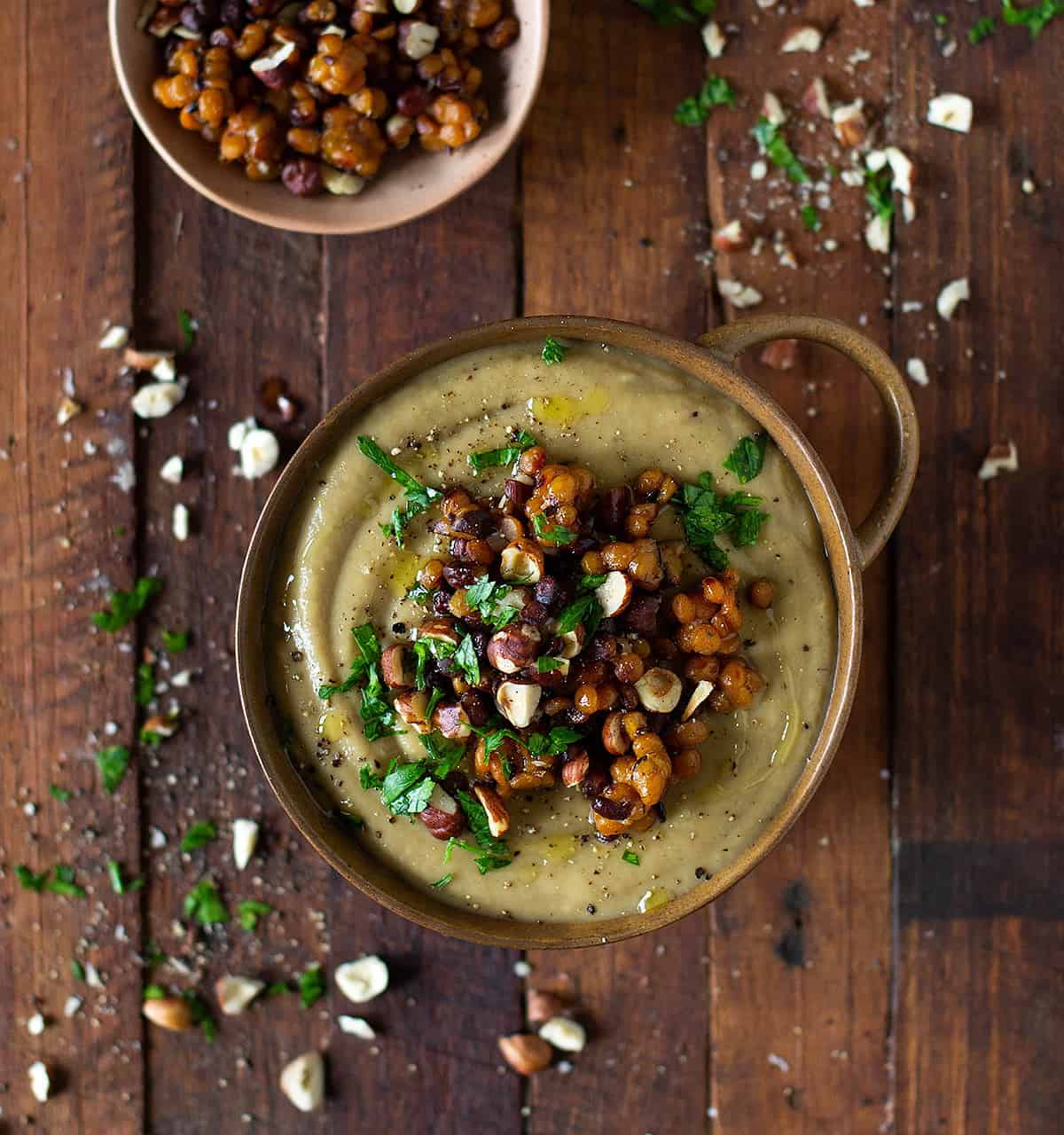
Akkermansia is one of these strains. The fascinating thing about Akkermansia is that it uses mucin (the lovely mucosal lining of your digestive tract) as a fuel source for its energy production. Akkermansia colonises the mucosal lining of the intestines and protects the gut from pathogens by means of competitive exclusion. It’s suspected that Akkermansia has a restorative symbiotic relationship with the intestinal mucin reserves, making it self-sufficient. As Akkermansia munches away on mucin they produce SCFA (short chain fatty acids) providing fuel for neighbouring bacteria and colonocytes.
Therefore, with CDSA testing a low level of Akkermansia commonly points toward a thin and degraded mucosal lining, which is equated with weakened gut barrier function and increased permeability. Low levels of Akkermansia have actually be found in studies to be correlated with Inflammatory Bowel Disease (IBD), obesity and Type II diabetes. Conversely, sometimes Akkermansia can appear high in gut inflammation with high mucus/mucin production as an inflammatory reaction of increasing mucin output, often appearing as mucus in bowel movements.
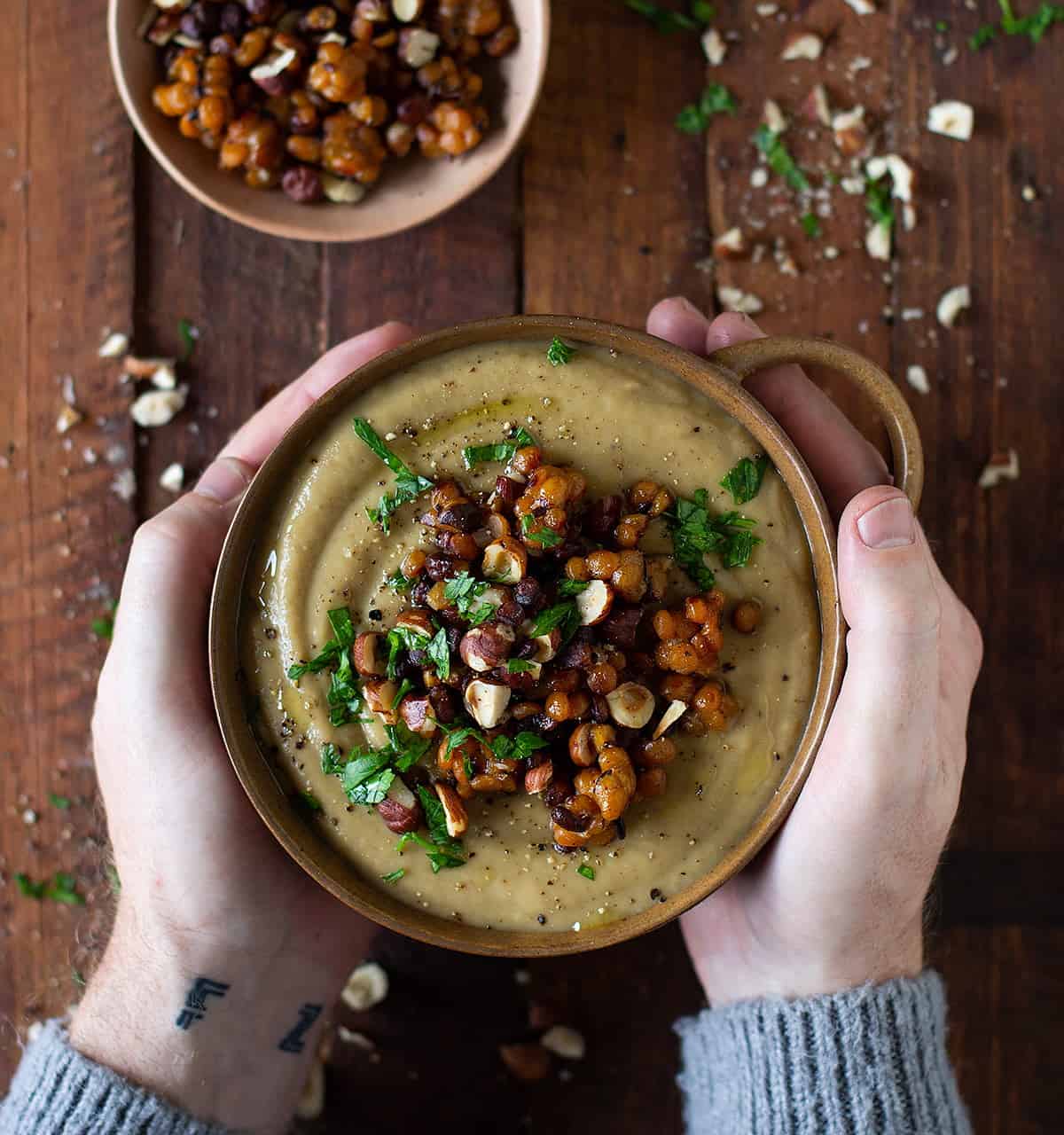
Akkermansia levels thrive on foods rich in FOS (fructooligosaccharides) and inulin. Classic foods high in FOS and inulin are leeks, garlic and onions. These bacteria also love polyphenols such as cranberries, apple sinks, dragon fruit and pomegranate. Akkermansia additionally thrive on soluble fibre found in many vegetables, inclusive of potato and parsnip in this soup.
Another species that delights in the ingredients of this soup is Faecalibacterium Prausnitzii (cool name right!). Faecalibacterium Prausnitzii should ideally make up 5 – 15% bacteria of our gut microbiota. It is certainly a newer biomarker for intestinal health within the gut health sphere. Faecalibacterium Prausnitzii provides energy for colonocytes (gut lining cells) and is a major producer of the SCFA butyrate. This bacteria is mucosal protective and inhibits inflammatory cytokines, whilst also having a positive effect on insulin. Low levels have been associated with poor gluten free diets (often these type of diets contain lots of processed gluten free flours with minimal fibre) and low FODMAP diets. See the issue here with long term restrictive protocols around FODMAPS and starches?
We can increase Faecalibacterium Prausnitzii with foods rich again in inulin and FOS along with GOS (galactooligosaccharides). Foods rich in GOS are legumes, so once again, you can see how this Leek, Cauliflower & Parsnip Soup has a wonderful combination of all the prebiotic rich foods essential for supporting these bacteria.
These are just two of the wondrous amount of species found in our microbiota with so much to offer us. I hope though highlighting these bacteria alone shows you the importance of not narrowing your diet long term. We may still be learning a lot about the microbiome, but we do know that diversity is the most important factor in maintaining optimal health. Therefore, a varied plant rich diet that supports a multitude of species growth is integral for a robust microbiome long term.
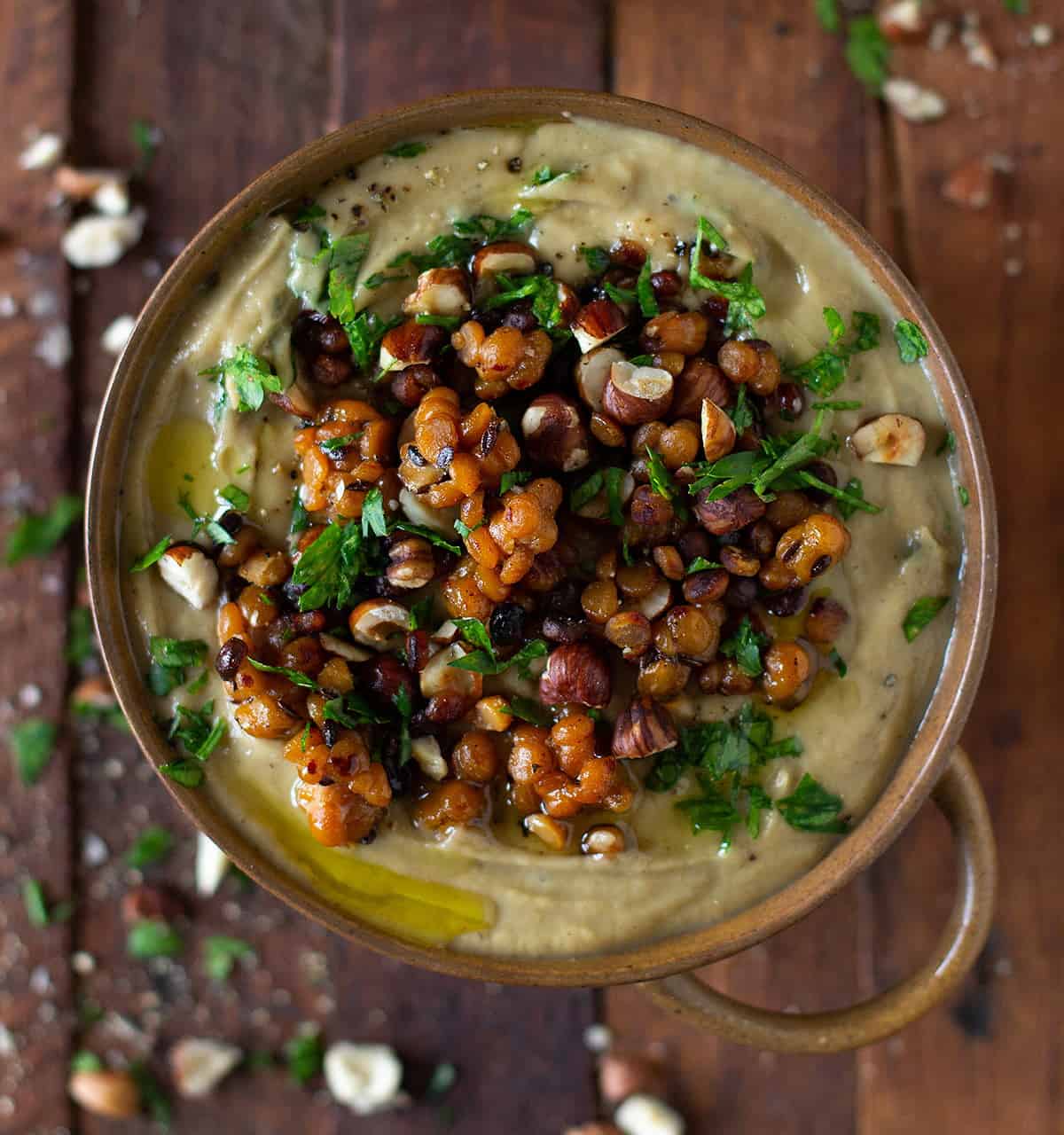
leek, cauliflower & parsnip soup
- serves
- 5 – 6 serves
- preparation time
- 20 minutes
- cooking time
- 90 minutes
ingredients
- (380g) 3 medium sized parsnips
- (470g) 1/2 medium cauliflower
- (360g) 3 leeks, green ends removed
- 7 spring onions
- (200g) 2 small potatoes, skin on and washed
- 2 cloves garlic
- extra virgin olive oil for roasting
- 4 cups chicken stock (5 cups if you prefer a thinner soup)
- 1/2 teaspoon salt
- 1/2 teaspoon pepper
- // optional toppings to serve 2 //
- 150g tempeh (I used chickpea tempeh here)
- 2 tablespoons hazelnuts, chopped
- 2 tablespoons chopped parsley
method
Prheat the oven to 200c. Start by giving the vegetables a good rinse. Remove the stalk tops from the parsnips and cut them into large chunks for roasting. Cut the cauilflower into large peices along with the potato. Slice the leeks down the centre and ensure to check them for dirt, as they may need a bit more of a wash.
Place the chopped parsnip, cauliflower, potato and leeks in a large roasting dish. Cut the spring onions in half and add them to the roasting dish with the garlic cloves. Add a liberal amount of extra virgin olive oil and season with some additional salt and pepper. Toss well and place in the oven for 45 minutes to roast until lovely and tender and golden, tossing at the half way mark.
Once the vegetables are done, remove them from the oven and place in a large saucepan with the stock, salt and pepper. Cover with a lid and bring to boil, then turn to a simmer and leave on a very low heat for around 45 minutes allowing the vegetables to break down.
Remove the saucepan from the heat and carefully ladel the liquid and vegetables in batches into a blender. Ensure you do this in stages, as if you add too much to the blender the heat will expand and cause the blender lid to explode off, leaving you and your kitchen covered in soup! Once all of the soup is blended till smooth, pour back into the saucepan and bring back to a low simmer. Taste for seasoning and adjust as needed.
Serve soup with your favourite bread, I like Gut Friendly Bread or Gut Friendly Rolls and then top the soup with something textural like crispy pan-fried tempeh as seen here.
For crispy pan-fried tempeh and hazelnuts, crumble the tempeh into a hot saucepan with some extra virgin olive oil and stir continually with a wooden spoon. Once the tempeh is golden and crisp (around 8 – 10 minutes), add the hazelnuts and toss again till they are toasted. Serve pan-fried tempeh and hazelnuts ontop of soup with fresh parsley.
Jessica Cox is a qualified practicing Nutritionist with a Bachelor Health Science (Nutrition) and over 15 years of clinical experience. She is the founder and director JCN Clinic, published author and established recipe developer. Jessica is well respected within health and wellness space for her no fad approach and use of evidence-based nutrition.





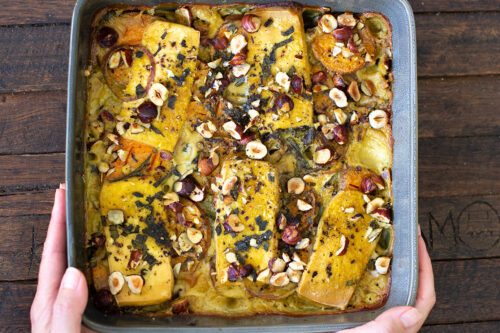
[…] here on the website like Hubbard’s Roast Pumpkin, Zucchini & Cauliflower Soup and this Leek, Cauliflower & Parsnip Soup. What you will notice is that they all have two things in […]
This leek, parsnip and cauliflower soup was so good! Me and my husband loved it. We added carrots because they needed to be used up. I loved the roasted nuts in it. I couldn’t find hazelnuts in my grocery store but I have walnuts at home. Still so good. We only blended the greens because my husband wanted the taste of biting into potatoes and parsnips. This was our first time having parsnips and we really enjoyed them. Reminds me of a rutabaga and a carrot together. The veggies speak for the dish and this is definatly a dish that… Read more »
Hi Rebecca! So pleased to hear you and your husband enjoyed this soup so much! Love that you played around with the ingredients too to make it suit the textures you both like. Also, stoked you enjoyed using tofu for the first time! xo.